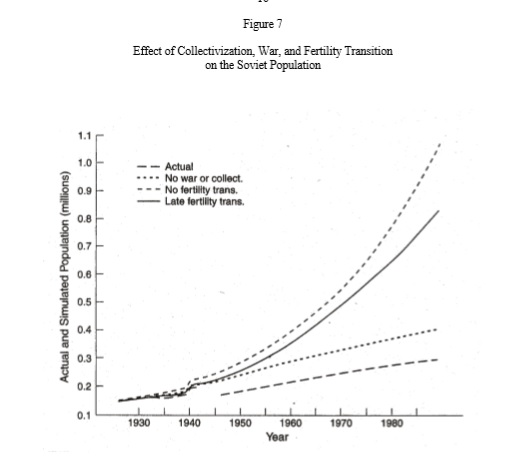Repeatedly, I have seen some threads here talking about a Russian Empire which would have ballooned in size due to the absence of the Revolution or the Great War.
While estimates I have seen for other great powers of the era, such as Germany or Great Britain have relatively conservative projections of being 30%-50% larger at 2019, estimates for Russia are, at the minimum, double as to what modern Russia has, with some projections of 600 million to an obscene 1 billion, even counting for the territories the empire and the USSR lost in the last century.
Why was this the case for Russia? It had a population of around 180 million before the Revolution, and was rapidly industrializing its agriculture and industries which are an obvious factor, but is there anything else I'm missing?
I would love to hear all your insights.
While estimates I have seen for other great powers of the era, such as Germany or Great Britain have relatively conservative projections of being 30%-50% larger at 2019, estimates for Russia are, at the minimum, double as to what modern Russia has, with some projections of 600 million to an obscene 1 billion, even counting for the territories the empire and the USSR lost in the last century.
Why was this the case for Russia? It had a population of around 180 million before the Revolution, and was rapidly industrializing its agriculture and industries which are an obvious factor, but is there anything else I'm missing?
I would love to hear all your insights.

